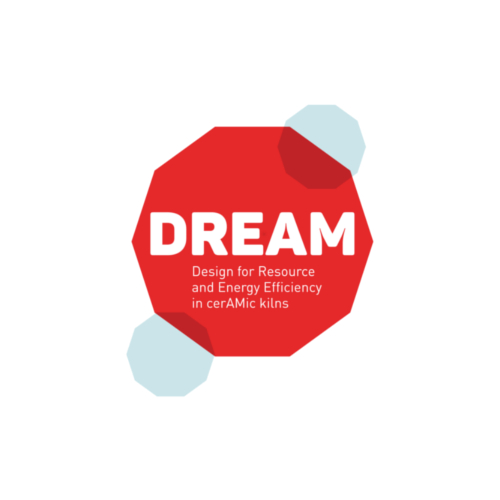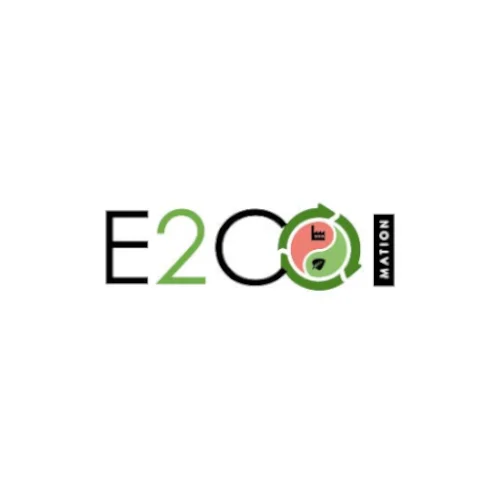01 October 2016 – 30 September 2019 (36 months)
5.076.105 €
Horizon 2020
SPIRE-04-2016
SACMI Forni
The European ceramic industry has a determinant role in the export, added value creation and job opportunity of the EU, since it is global leader in the production of high-quality and unique-design ceramic products, such as tiles, bricks, roofs, refractory bathroom fixtures or pipes in glassy clay. This kind of manufacturing is energy-consuming: the ceramic industry is the second largest energy-intensive manufacturing industry in Europe. Due to the high energetic level required, the ceramic industry distinguishes itself for its huge characteristic emissions
In this context, the ceramic industry needs to tackle several challenges of great importance, including competitiveness in mass volumes of low-cost products from emerging economies, high energy prices and entrusting non-European producers for raw materials, emissions reduction.
Thus, for actors in the ceramic field, it’s necessary to focus the innovation process towards:
- An increase in productivity, through the reduction of defects affecting the production quality, notably in the cooking and cooling stages.
- A reduction in the energy consumption levels: a huge quantity of thermal energy is consumed in the ceramic production, notably in the cooking stage.
- The reduction of greenhouse gases emissions: reducing kiln’s energetic consumption reduces, consequently, energetic costs and CO2 emissions.
- The reduction of atmospheric gas pollutants (notably SOx, NOx, HF, HCl, VOC, heavy metals): in the ceramic production processes pollutant emissions are mainly due to raw materials and the combustion system (mainly, CO2 and partially NOx).
Objectives
The DREAM project aims at designing, developing and demonstrating a radically improved architecture for ceramic industrial kilns, characterised by an optimised energetic consumption, reduced emissions and lower operative costs than technological solutions that are currently available. This will be obtained by substantially improving specific part of the kiln (control system, refractors, emission abatement system) and adding new modules and sub-assemblies (co-generation unit, thermic ducts) of the current kiln architecture.
- Designing innovative component of hardware kilns improving the energetic efficiency
- Introducing substantial improvements in the already-used parts of the hardware-software kiln
- Demonstrating DREAM solution in a variety of industrial setting (WP6)
- Paving the way to new market opportunities linked to DREAM (WP7)



